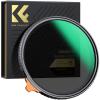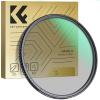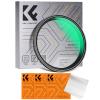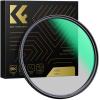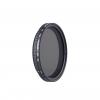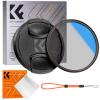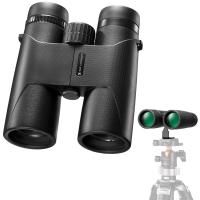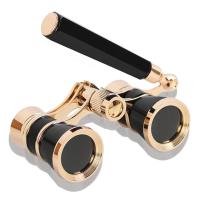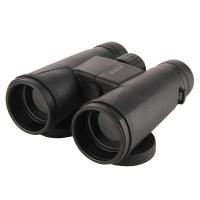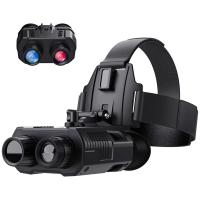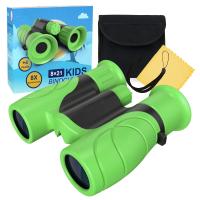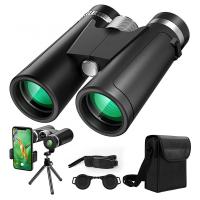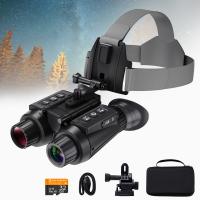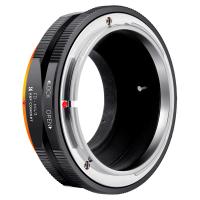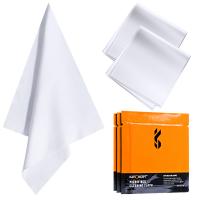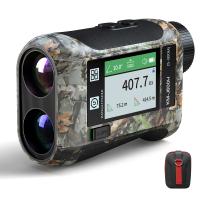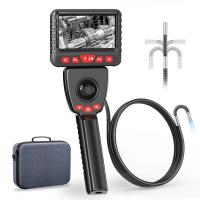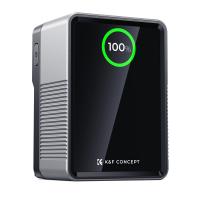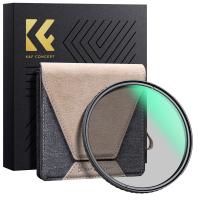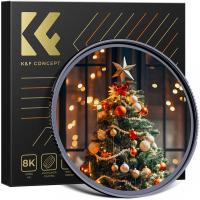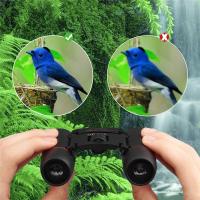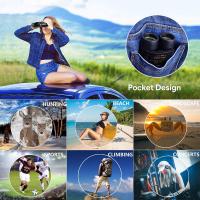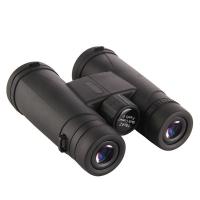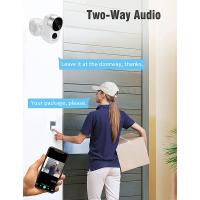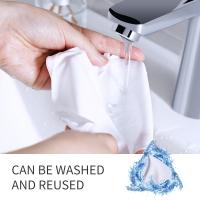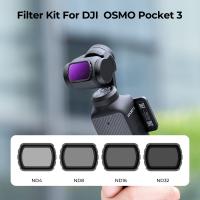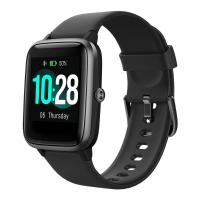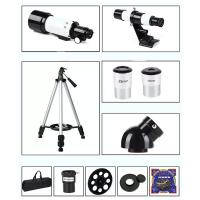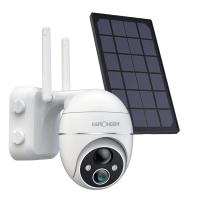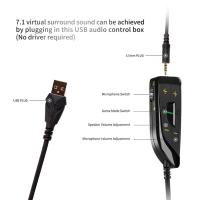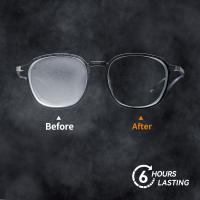How To Set Binoculars?
Setting up binoculars correctly is essential for optimal viewing and comfort. Whether you're a bird watcher, a stargazer, or simply enjoy observing nature, understanding how to properly adjust your binoculars can significantly enhance your experience. In this article, we will delve into the step-by-step process of setting up binoculars, addressing common issues, and providing practical tips to ensure you get the most out of your optical device.
Understanding the Basics
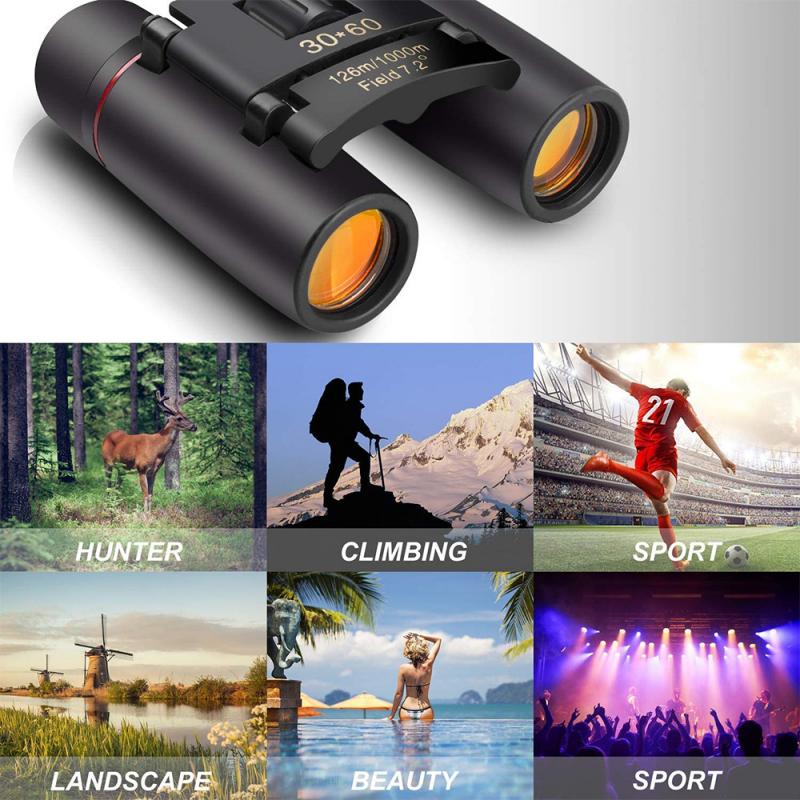
Before diving into the setup process, it's important to familiarize yourself with the basic components of binoculars. Typically, binoculars consist of two parallel telescopes mounted side-by-side, each with an objective lens (the larger lens at the front) and an eyepiece (the smaller lens you look through). The central hinge allows you to adjust the distance between the two eyepieces to match the distance between your eyes, known as the interpupillary distance (IPD).
Step-by-Step Guide to Setting Up Binoculars
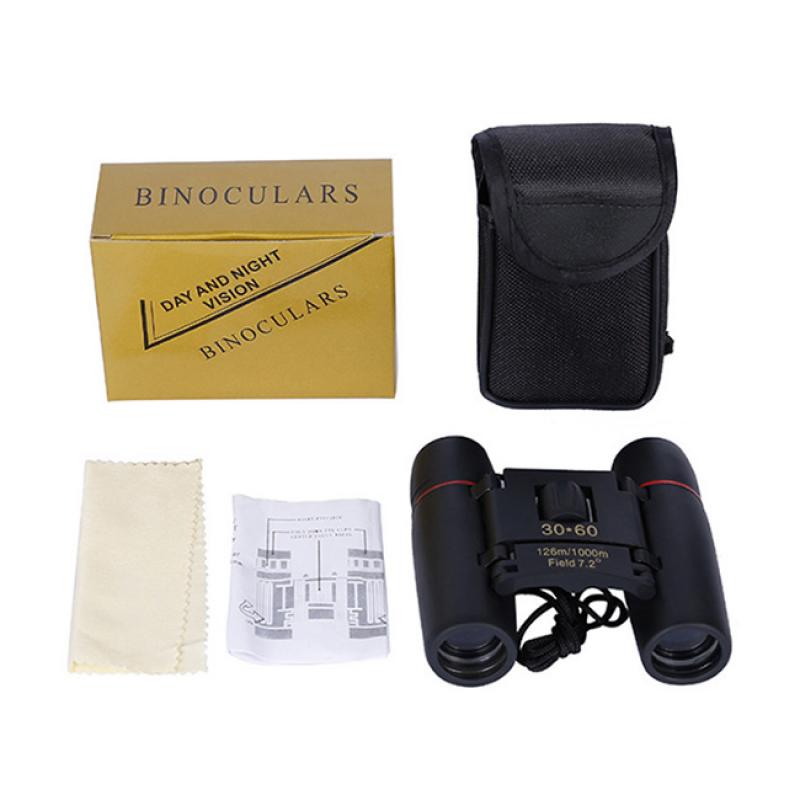
1. Adjust the Interpupillary Distance (IPD)
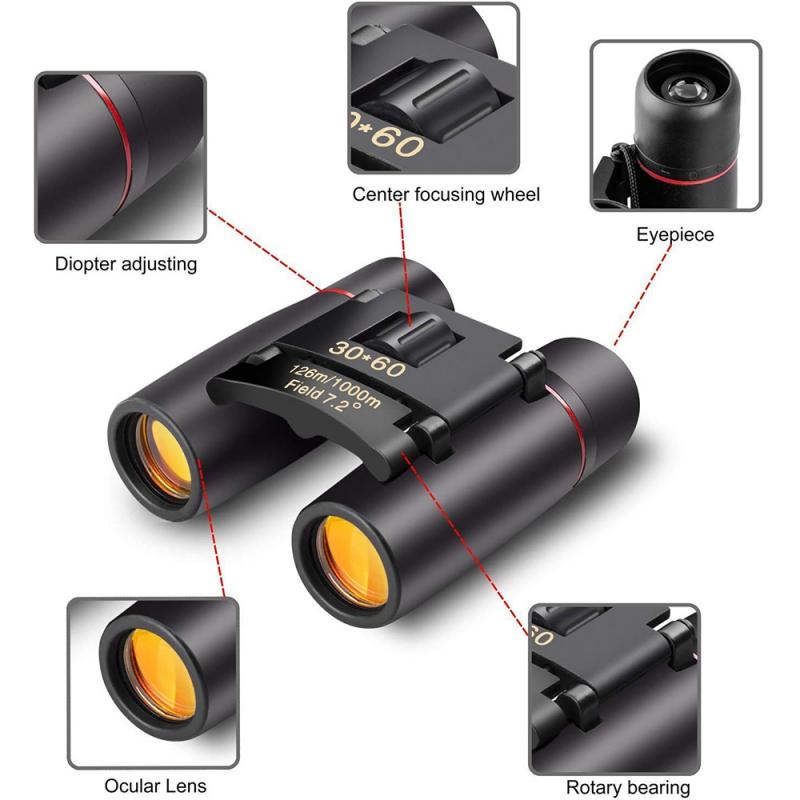
The first step in setting up your binoculars is to adjust the IPD. This ensures that both eyepieces align with your eyes, providing a single, clear image. To do this:
- Hold the binoculars up to your eyes.
- Look at a distant object.
- Move the barrels of the binoculars closer together or further apart until you see a single, circular field of view.
2. Focus the Binoculars
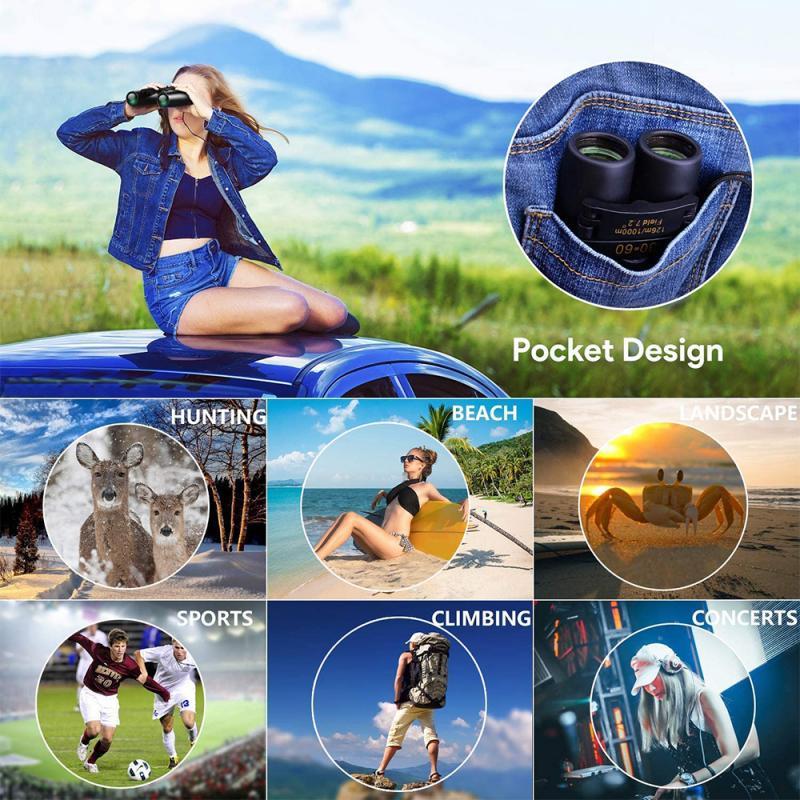
Focusing the binoculars involves two main adjustments: the central focus wheel and the diopter adjustment.
Central Focus Wheel:
- Locate the central focus wheel, usually found between the two barrels.
- Look through the binoculars at a distant object.
- Use the central focus wheel to adjust the focus until the image is sharp and clear.
Diopter Adjustment:
- The diopter adjustment compensates for differences in vision between your two eyes.
- Close your right eye and look through the left eyepiece with your left eye.
- Use the central focus wheel to focus on a distant object until the image is sharp.
- Close your left eye and look through the right eyepiece with your right eye.
- Use the diopter adjustment ring, usually located on the right eyepiece, to focus the image until it is sharp.
Once both eyes are focused, you should have a clear and sharp image when looking through both eyepieces.
3. Fine-Tuning for Comfort
Comfort is key when using binoculars for extended periods. Here are a few additional adjustments to enhance your viewing experience:
Eyecups:
- Most binoculars come with adjustable eyecups to accommodate users with or without eyeglasses.
- If you wear glasses, twist the eyecups down to their lowest position.
- If you do not wear glasses, twist the eyecups up to their highest position.
Neck Strap:
- Adjust the neck strap to a comfortable length to prevent strain on your neck and shoulders.
- Ensure the binoculars hang at a convenient height for easy access.
Common Issues and Troubleshooting
Even with proper setup, you may encounter some common issues. Here are a few troubleshooting tips:
Double Vision:
- If you see two overlapping images, your IPD may not be correctly set. Re-adjust the barrels until you see a single image.
Blurry Image:
- Ensure both the central focus wheel and diopter adjustment are correctly set.
- Clean the lenses with a soft, lint-free cloth to remove any smudges or dirt.
Eye Strain:
- If you experience eye strain, take breaks and ensure the eyecups are adjusted correctly.
- Check that the binoculars are properly aligned with your eyes.
Practical Tips for Optimal Use
To get the most out of your binoculars, consider the following practical tips:
Stabilize Your View:
- Holding binoculars steady can be challenging, especially at higher magnifications. Use a tripod or rest your elbows on a stable surface to reduce shaking.
Use in Low Light:
- For low-light conditions, such as dawn or dusk, choose binoculars with a larger objective lens (e.g., 50mm) to gather more light.
Field of View:
- A wider field of view is beneficial for tracking moving objects, such as birds or wildlife. Check the specifications of your binoculars to ensure they meet your needs.
Weather Conditions:
- If you plan to use binoculars in various weather conditions, consider waterproof and fog-proof models to ensure durability and clear viewing.
Setting up binoculars correctly is crucial for a comfortable and enjoyable viewing experience. By following the steps outlined in this article, you can ensure that your binoculars are properly adjusted to your eyes, providing clear and sharp images. Remember to fine-tune for comfort and troubleshoot any common issues that may arise. With the right setup and practical tips, you'll be well-equipped to explore the world through your binoculars, whether you're observing nature, stargazing, or enjoying any other outdoor activity.

